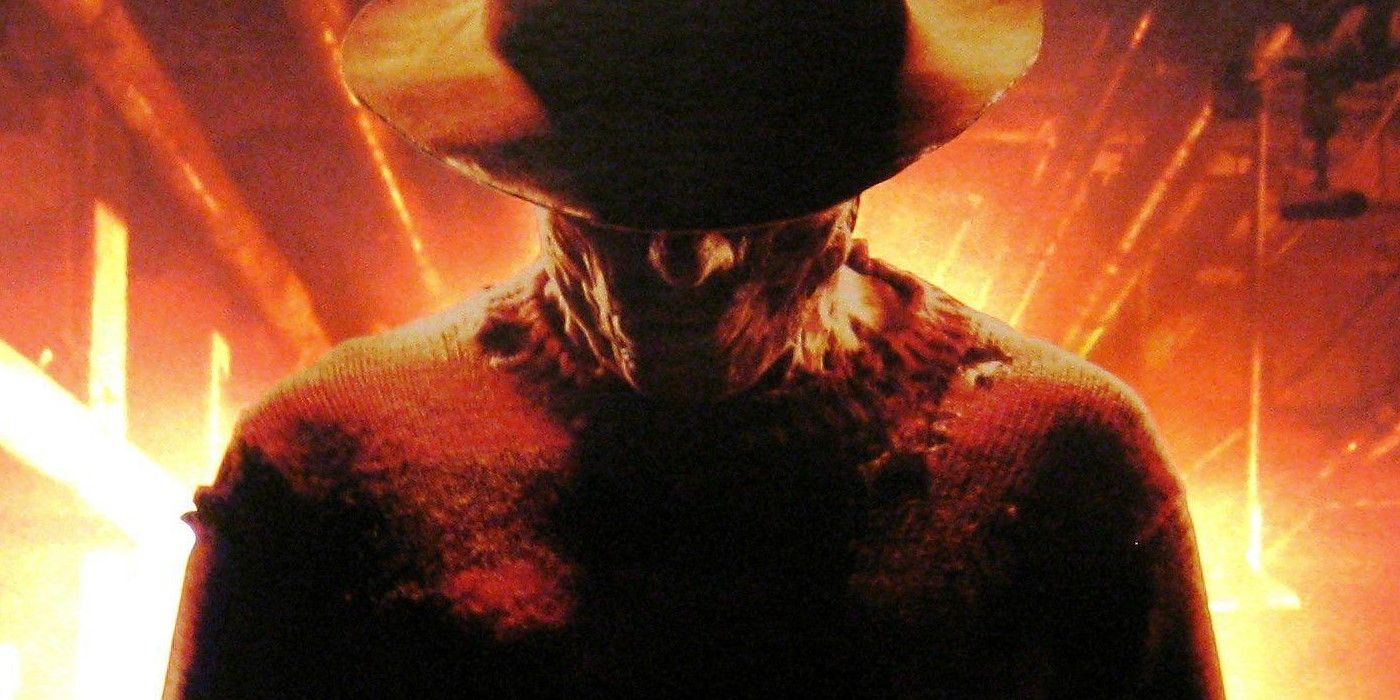The slasher genre has seen iconic killers be invented and reinvented time and again. Michael Myers was a character that knew about reinvention all too well, considering how many times his story was rebooted over the decades. However, Jason Voorhees was another character that had his story rebooted in an era when slashers were reborn in the 21st century. 2003’s The Texas Chainsaw Massacre started a new trend that has continued over a decade later, where slashers are given more grounded or gritty origins. But of all of these, one of the riskiest remakes came with 2010’s A Nightmare on Elm Street.Unlike 2009’s Friday the 13th, which used the original movies to foster a new origin for Jason Voorhees, A Nightmare on Elm Street captured everything that the 1984 original had introduced. From the tale of a killer that stalked a person’s dreams to a heroine that used Freddy Krueger’s powers against him, A Nightmare on Elm Street knew how to recapture the broad strokes of the original. But when it came to adapting Freddy, a powerful lesson was learned in complexity and the importance of not adding more than necessary to an iconic villain. The original Freddy Krueger was brought to life by Robert Englund, and his debut was utterly terrifying. Before his jokes and popularity, Freddy was a hunter in the dreamscape. Those that wandered into his hunting grounds were forced to witness a character that knew how to cut to the core of his victims. While he could kill them easily, Freddy gained strength through his victim’s fear and delivered a creative and violent kill when his victims were at their most petrified. But what fueled his murder spree was nothing short of revenge against the parents that set him ablaze.RELATED: Jason Voorhees’ Biggest Fan Was the Source of His Deepest Traumas
The slasher genre has seen iconic killers be invented and reinvented time and again. Michael Myers was a character that knew about reinvention all too well, considering how many times his story was rebooted over the decades. However, Jason Voorhees was another character that had his story rebooted in an era when slashers were reborn in the 21st century. 2003’s The Texas Chainsaw Massacre started a new trend that has continued over a decade later, where slashers are given more grounded or gritty origins. But of all of these, one of the riskiest remakes came with 2010’s A Nightmare on Elm Street.
Unlike 2009’s Friday the 13th, which used the original movies to foster a new origin for Jason Voorhees, A Nightmare on Elm Street captured everything that the 1984 original had introduced. From the tale of a killer that stalked a person’s dreams to a heroine that used Freddy Krueger’s powers against him, A Nightmare on Elm Street knew how to recapture the broad strokes of the original. But when it came to adapting Freddy, a powerful lesson was learned in complexity and the importance of not adding more than necessary to an iconic villain.
The original Freddy Krueger was brought to life by Robert Englund, and his debut was utterly terrifying. Before his jokes and popularity, Freddy was a hunter in the dreamscape. Those that wandered into his hunting grounds were forced to witness a character that knew how to cut to the core of his victims. While he could kill them easily, Freddy gained strength through his victim’s fear and delivered a creative and violent kill when his victims were at their most petrified. But what fueled his murder spree was nothing short of revenge against the parents that set him ablaze.
#2010s #Nightmare #Elm #Street #Showed #Dangers #Complex #Villain
Note:- (Not all news on the site expresses the point of view of the site, but we transmit this news automatically and translate it through programmatic technology on the site and not from a human editor. The content is auto-generated from a syndicated feed.))



